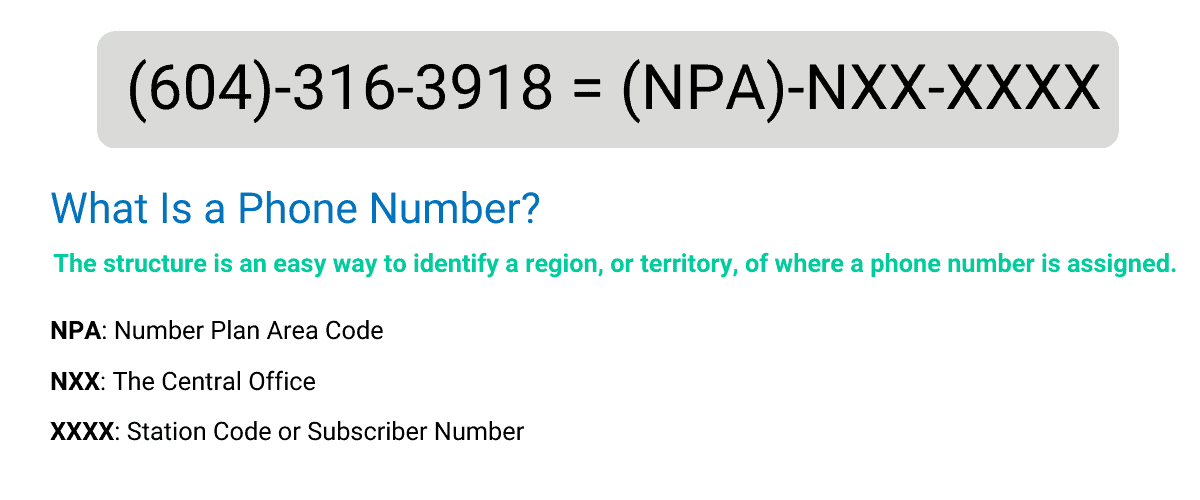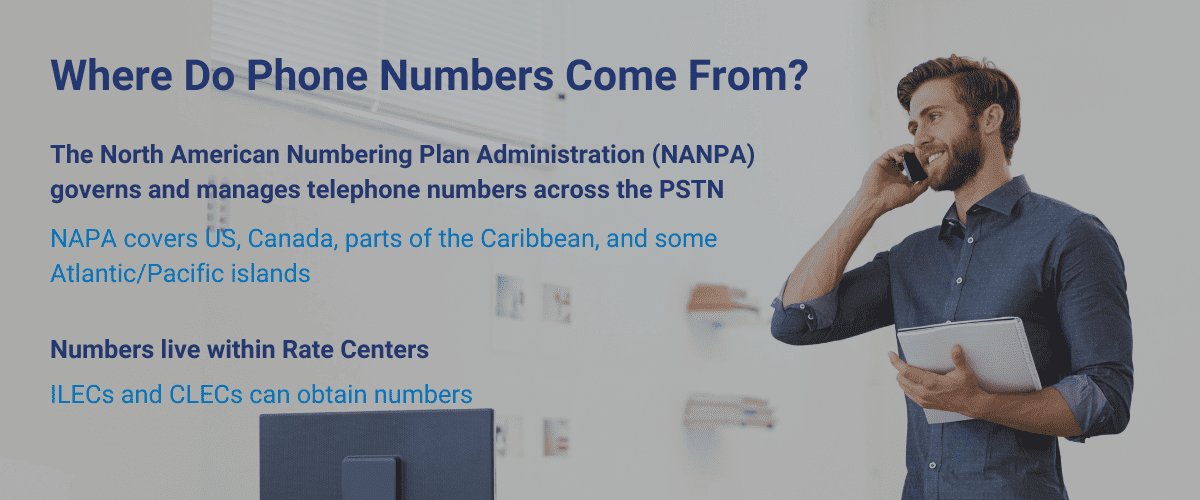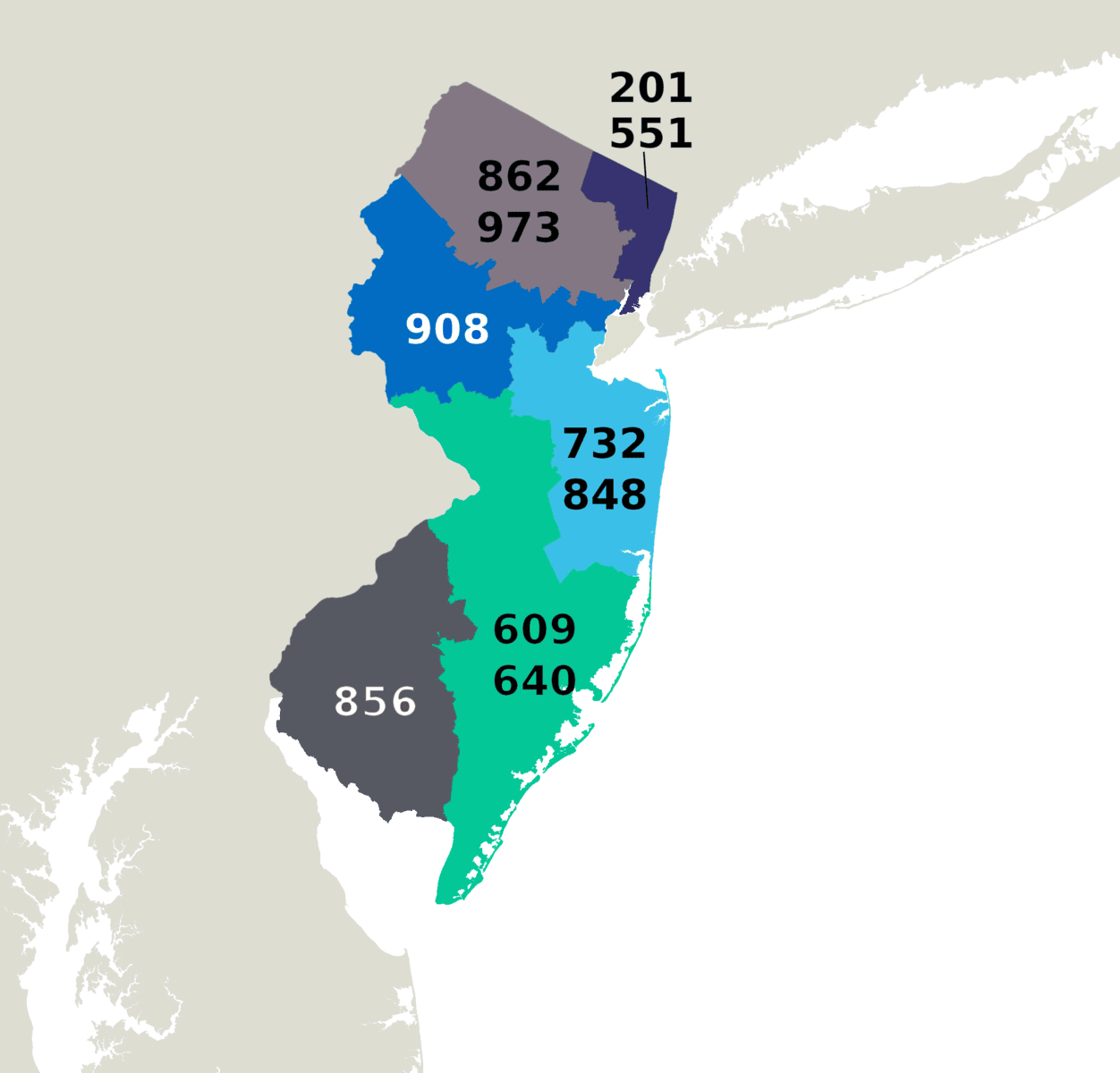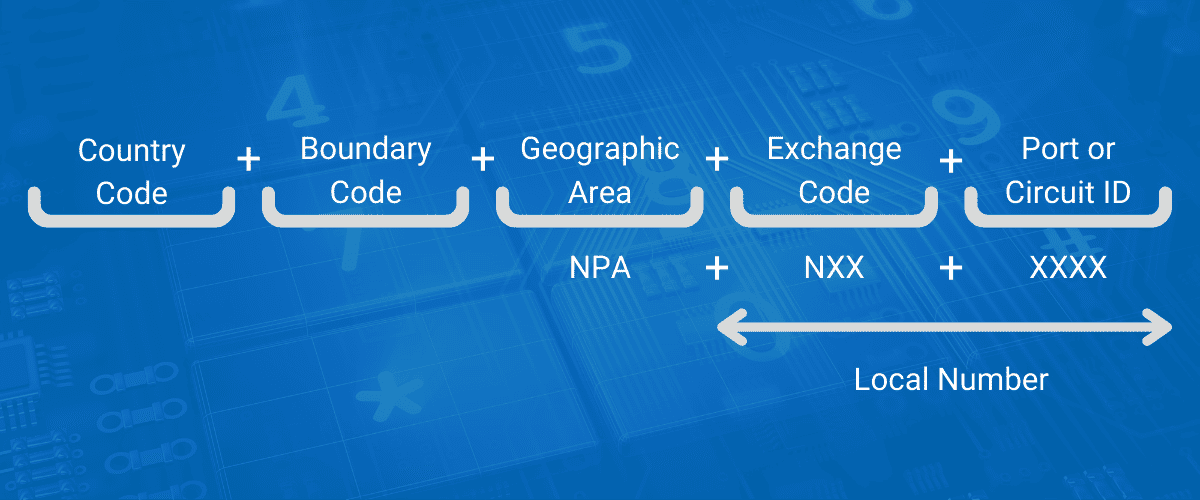
How do rate centers affect service providers? If you’re new to offering VoIP, it’s one of the key considerations in preparing to launch phone services. Knowing your local rate center will help you understand where more of your callers and potential prospects are located, and be able to port their existing phone number or provide them with local numbers.
While global connectivity via the internet has changed overall reliance on rate centers, the concept of local boundaries remains relevant and important when it comes to the telephone numbers you can offer.
What is a Rate Center?
Rate centers are geographical areas used by a local exchange carrier (LEC) to organize the boundaries for local calling, billing, and assigning of phone numbers. It helps service providers determine how calls are billed: A call within a rate center is considered a local call, while a call from one rate center to another is long-distance.
For competitive local exchange carriers (CLECs), cable VoIP operators, internet service providers (ISPs), and wireless carriers within North America, a rate center determines where they will operate, phone number assignments, and boundaries of the NPAs and NXXs operating within that rate center.

Each rate center is based on:
• A geographical place name (city, province, or state).
• A precise physical location, based on vertical and horizontal coordinates, for the purpose of calculating the distance between telephone rate centers for billing purposes.
• One or several prefixes, in the form +1-NPA-NXX, each of which identify a block of ten thousand directory numbers.
• A specified local calling area, with other local or flat-rate landline calling areas identified (aka the area in which you can make local calls for that rate center).
There are over 15,000 rate centers in the US, and rate centers do not necessarily mirror the boundaries a municipality or state. A large city may have dozens of rate centers, while a rural area may have only one that covers several towns.
What Do Rate Centers Mean for Service Providers?
Rate centers help categorize when calls are local and when they’re long distance, so services providers charge accordingly. In addition, knowing your local rate centers enables you to:
• Identify central offices (CO) for co-location.
• Assign new customers to the correct rate center.
• Complete market research and competitive analysis in support of network planning.
• Pinpoint area code/exchange (NPA/NXX) combinations.
• Identify competing service providers within specific rate centers.
• Access information for NPAs and NXXs operating within each rate center, such as optical carrier (OCN) categories, local access and transport area (LATA) numbers, and more.
Service providers often work with different carriers around the US, and not all carriers support every single rate center. The key is to make sure your VoIP solution has excellent rate center coverage and an inventory of new numbers in your desired footprint. Alianza partners with Bandwidth to provide nationwide coverage and support of over 90% of the US population. In addition, we can build out to rate centers not on today’s list to meet your unique needs.
Who Determines Rate Center Boundaries?
Although city names often match rate center names, they aren’t always a one-to-one match. Rate centers are chosen by the industry, not your voice provider, and all service providers can order new phone numbers. Ordering by rate center will expand your search to a larger geographical area.
What Is NPA in Telecom?
Numbering Plan Area (NPA) is referred to as an area code, and a way to distribute telephone numbers to telecommunications carriers. A phone number in North America is digits long. After the area code, the next three digits are the prefix, which is the central office code. A central office is the telco building where legacy TDM equipment was housed and to which subscribers’ lines connected. See below for example.
Why a Rate Center Matters
Rate center coverage is important to your overall customer experience and their willingness to sign up or keep their phone service with your business. It assures that you can:
• Port their existing local number to your VoIP network.
• Provide your customers with a new local number, if requested. This is particularly important for new businesses.
• Enable callers with legacy phone services to make local calls to your customers (though if you offer unlimited long distance, it won’t matter to your customers if the call is local).
In order to have “coverage” in a rate center you need to become a competitive local exchange carrier (CLEC), sign interconnection agreements, and build out physical time-division multiplexing (TDM) interconnects to that incumbent telco — then manage the process to port numbers.
The easier alternative is to leverage a CLEC that already does all that.
Until such time as the entire public switched telephone network (PSTN) has moved to a “flat” network with VoIP and the concept of geographical boundaries (LATAs) is eliminated, there is still a need to comply with the remnants of the RBOC breakup of 1982.
Porting Process Made Easy
Once rate centers coverage is established, the porting process typically takes a few days (the duration will vary based on the preparedness of the other carrier surrendering the number being ported). There’s customer paperwork to handle and coordination with the losing provider.
Alianza’s cloud communications platform makes phone number porting easy for service providers. During the account setup process, we submit the port request to our carrier partners using our powerful API to kick off all the behind-the-scenes inter-carrier coordination. Our intuitive Admin Portal allows service providers to view the port status and timeline, so service providers can plan other activities accordingly (like scheduling an install at the customer premises).
If you’d like to learn more about launching and delivering cloud services, let’s connect. We’d welcome the opportunity to talk with you.






